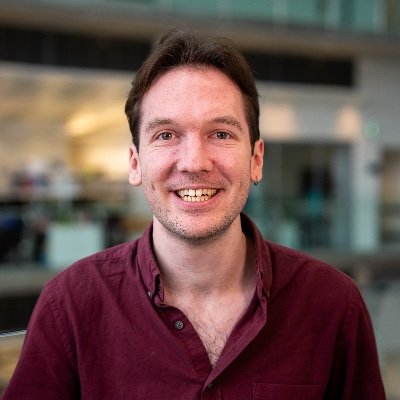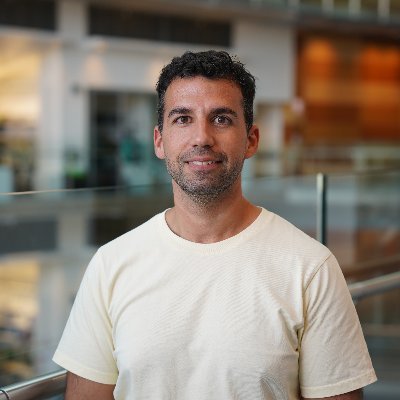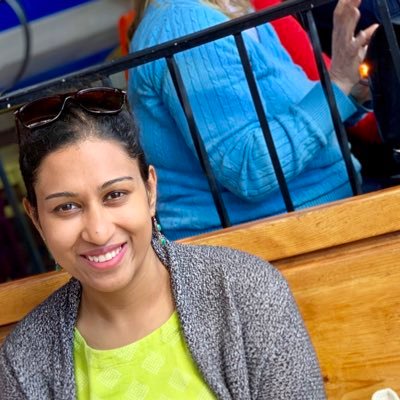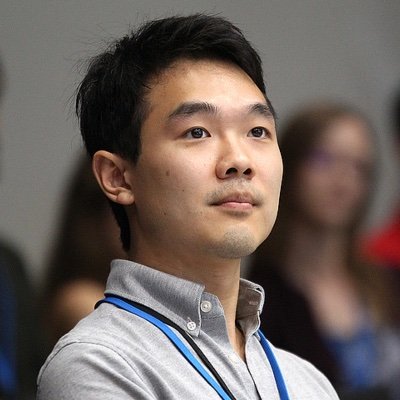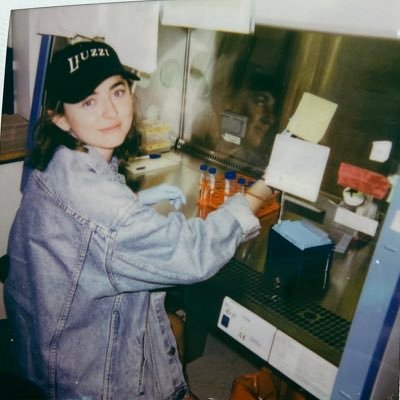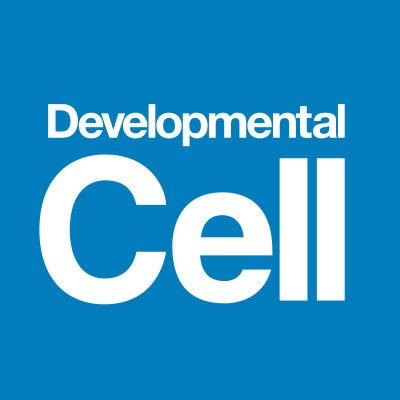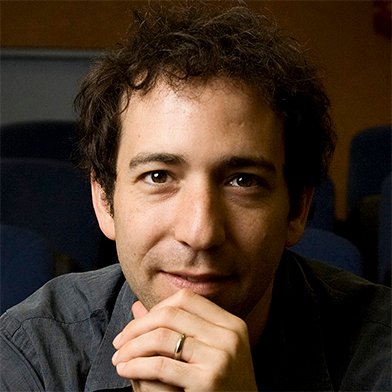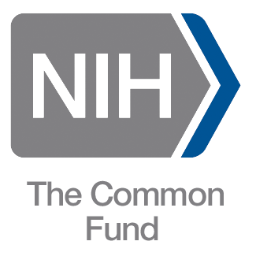
Jake Cornwall-Scoones
@jake_cs_
Followers
548
Following
2K
Media
15
Statuses
78
Developmental Synthetic Biology | BIF Doctoral Fellow in Briscoe Lab @TheCrick. Prev: Zernicka-Goetz and Thomson; Banerjee and Goehring
London, England
Joined April 2019
I’m thrilled to share I’ve been selected as a 2025 Schmidt Science Fellow @SchmidtFellows Looking forward to starting my next research adventure, investigating how organs and organisms measure and regulate their sizes 🐟🧠🫁🫀 https://t.co/WVokJPGKup
crick.ac.uk
Jake Cornwall Scoones, PhD student in the Developmental Dynamics Laboratory at the Francis Crick Institute, has been awarded a prestigious Schmidt Science Fellowship to support his research into how...
4
2
31
I will be pivoting from my PhD work in molecular and synthetic biology with @briscoejames. Check out my recent preprint with James and @joadelas: Predictable Engineering of Signal-Dependent Cis-Regulatory Elements https://t.co/8a4Y5Qf0ce
biorxiv.org
Cis-regulatory elements (CREs) control how genes respond to external signals, but the principles governing their structure and function remain poorly understood. While differential transcription...
1
0
3
To learn a bit more about what I plan to do next: https://t.co/wCtVvAp2MR
schmidtsciencefellows.org
Nature has a remarkable knack for reproducing body and organ size within each species—essentially, your organs are proportionate to your body size. However, the tissue interactions and molecular...
1
0
2
It was a lot of fun collaborating with @tobyandrews @_Priya_R on modelling mechanisms of organ-scale stretch. Check out Toby’s 🧵👇
Pumped to share our latest and first (!) work from @_Priya_R lab @TheCrick! Using the powers of #zebrafish, we uncover how multiscale mechanochemical coupling drives morphological and functional maturation of the developing heart 🫀 Stay tuned for the🧵 https://t.co/0MxXSef9bJ
0
1
18
We are recruiting! Fully funded post-doctoral positions are available. Interested in #morphogenesis #imaging #zebrafish? Join us @TheCrick to help us understand how embryos build a functional beating heart during development. Please RT 🙏 https://t.co/iXHDZOUVnI
4
159
451
Our latest: a new optogenetic system for precise spatiotemporal control of gene expression We use it to dissect the dynamics of Shh gradient formation & patterning A thread 🧵 https://t.co/Ki4COIjVcl
biorxiv.org
Cells use dynamic spatial and temporal cues to instruct cell fate decisions during development. Morphogens are key examples, where the concentration and duration of morphogen exposure produce...
6
74
278
Excited to share our latest work @lab_turner 🚨 Pace of development is often adjusted to gestation time ⏱️So how does the extremely short gestation of marsupials affects their embryo development ? 🐨🦘#DevBio
biorxiv.org
Single-cell transcriptomics has revealed conserved and divergent programmes of organogenesis in mammals, but existing studies have focused on eutherians. Marsupials exhibit short gestation and...
12
40
136
Privileged to have played a small part in this amazing story. Check out Tyler’s 🧵
🚨🫧💧Online now in @CellCellPress, we define a mechanism that generates patterned curvature at tissue interfaces to begin building mammalian intestinal villi. @ZevGartner @OphirKlein Full text available here: https://t.co/RHYXOU3M3R Previous🧵👇with some splashy videos💧🫧
0
0
7
Beautiful work lead by @joadelas @zhang_isaruihan on the #chronotopic control of cell type diversity. It was a privilege to contribute to this work 👇
Our latest from @briscoejames lab: How temporal & spatial pattering cues are integrated in the vertebrate neural tube to organise cell type generation during development. https://t.co/0uJ82JqRxT
0
0
12
Day8 at #kitpqbio. Meet out fearless and multitalented students. Projects are assigned. 4 weeks to go! @KITP_UCSB
1
12
75
Our latest: Deep dynamical modelling of developmental trajectories with temporal transcriptomics - Optimised metabolic labelling for time resolved scRNAseq - Deep learning (VAE) for RNA velocity - Predicting expression dynamics with a neural SDE system https://t.co/51NdK3Kceo
biorxiv.org
Developmental cell fate decisions are dynamic processes driven by the complex behaviour of gene regulatory networks. A challenge in studying these processes using single-cell genomics is that the...
0
16
59
Weird fact: Tissues have average structures that are critical to their function, yet individual cells reside in highly heterogeneous structural microenvironments. What gives? Check our pre-print: https://t.co/5uSCZ14NY9 - with @ZevGartner and Jennifer Hu!
4
21
67
Many thanks to all of the coauthors and collaborators! @tejhakkin @vsrivas4 @cmcginnis92 @jake_cs_
https://t.co/CJgBXKZ1MR
biorxiv.org
Tissue folding generates structural motifs critical to organ function. In the intestine, bending of a flat epithelium into a periodic pattern of folds gives rise to villi, the numerous finger-like...
0
3
4
I find so eternally alluring this developmental biology question of ‘who organises the organisers?’. Check out this beautiful and relevant new preprint of work spearheaded by @teresakatharin1, @Hstuart21, Elena Gromberg and others. Congratulations! https://t.co/knGnKzavdM
0
21
68
We’re pleased to share our first publication from the Sozen lab, now out @Nature! Through our 3D strategy, we capture spontaneous emb. + exembr. lineage bifurcation to study aspects of early human embryo patterning, starting from a single stem cell type. https://t.co/X6Vk6YrE2m
nature.com
Nature - Human pluripotent stem cells can be triggered to self-organize into structures recapitulating early human post-implantation embryonic development.
12
64
209
Online now: Developmental cell fate choice in neural tube progenitors employs two distinct cis-regulatory strategies
cell.com
Delás et al. provide evidence that spinal cord neural progenitors use two different chromatin regulatory strategies to control differential gene expression in response to the morphogen Shh. This...
0
8
39
In his 1952 classic, Turing showed that ≥2 interacting, continuously diffusing morphogens can spontaneously generate beautiful biological patterns. On a discrete cell lattice, we find that 1 morphogen is enough for stable spatially periodic patterns
5
105
341
Extremely humbled and grateful to be among the 2022 @NIH_CommonFund New Innovator recipients! Huge thanks to each brilliant mind in my lab and support from @YaleGenetics. Watch this space in the next 5 years!
Early-stage investigators proposed innovative high-impact research ideas for the @NIHDirector’s New Innovator Award. See the projects the awardees will pursue: https://t.co/hQPzaylGYO
#NIHHighRisk
27
11
189



